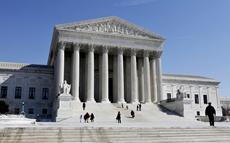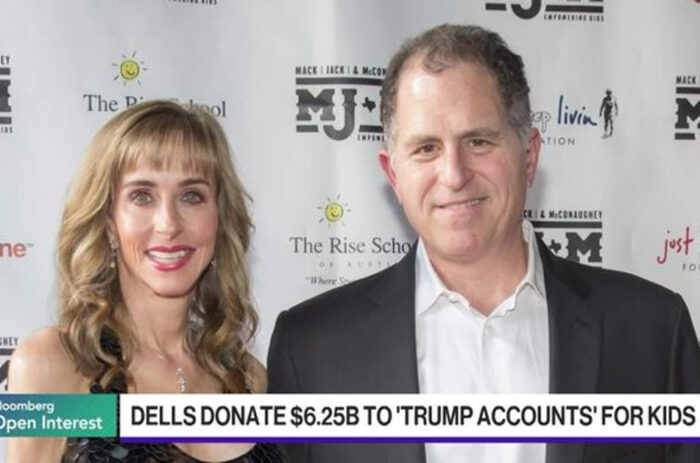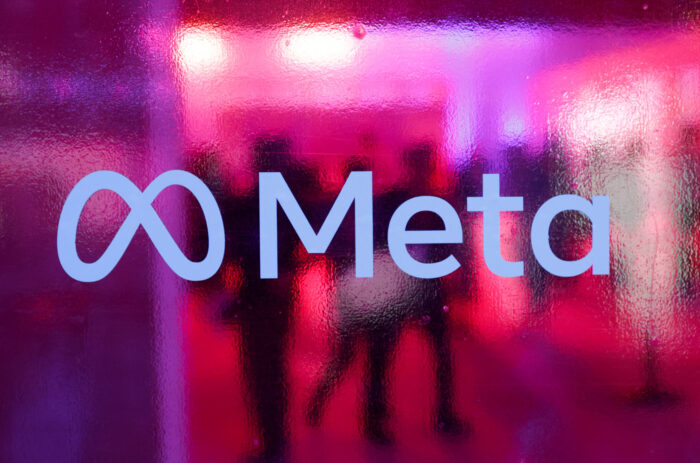redo Jump to...
print Print...
(by Sam Baker, USAToday.com) – The C-SPAN cable channel is asking the Supreme Court to break precedent and allow a television broadcast of the March oral arguments in the health care case.
In a letter to Chief Justice John Roberts and his colleagues, C-SPAN CEO Brian Lamb said, “we believe the public interest is best served by live television coverage of this particular oral argument.”
“It is a case which will affect every American’s life, our economy, and will certainly be an issue in the upcoming presidential campaign,” Lamb added.
The Supreme Court has set aside 5 1/2 hours of arguments on the constitutionality of the health care law that President Obama signed in 2010. The justices are expected to rule on the case by late June.
The court has never allowed live audio or video broadcasts of its arguments; it does release [transcripts and] audio [recordings of high profile] arguments on the Friday after cases are heard.
The unusual length of the health care arguments — again, 5 1/2 hours — “begs for camera coverage,” Lamb wrote the court.
“Interested citizens would be understandably challenged to adequately follow audio-only coverage of an event of this length with all the justices and various counsel participating,” Lamb wrote.
[Lamb said allowing TV coverage of the healthcare arguments could be a one-time exception.“We ask you and your colleagues to set aside any misgivings you have about television in the courtroom in general and permit cameras to televise live this particular argument,” he wrote.]
Don’t count on the justices granting C-SPAN’s request; many justices are adamantly opposed to televising their proceedings.
C-SPAN, a not-for-profit network, televises both chambers of Congress, presidential remarks, and other government events.
Reprinted here for educational purposes only. May not be reproduced on other websites without permission from USA Today. Visit the website at USAToday.com.
Questions
1. Define precedent.
2. The first paragraph of a news article should answer the questions who, what, where and when. List the who, what, where and when of this news item. (NOTE: The remainder of a news article provides details on the why and/or how.)
3. What is C-SPAN – what is its purpose?
4. What arguments did C-SPAN CEO Brian Lamb use in his letter to persuade the justices to permit live video of the oral arguments?
5. Why might the justices reject Mr. Lamb’s request?
6. The Court will release written transcripts and audio recordings of the arguments. Do you think they must also permit cameras in the courtroom during the oral arguments? Explain your answer.
Background
C-SPAN:
C-SPAN [which stands for Cable-Satellite Public Affairs Network] is a private, non-profit company, created in 1979 by the cable television industry as a public service. Their mission is to provide public access to the political process. C-SPAN receives no government funding; operations are funded by fees paid by cable and satellite affiliates who carry C-SPAN programming. (from cspan.org)
On the Supreme Court from BensGuide.gpo.gov:
- Approximately 7,500 cases are sent to the Supreme Court each year. Out of these, only 80 to 100 are actually heard by the Supreme Court. When a case comes to the Supreme Court, several things happen. First, the Justices decide if a case is worthy of being brought before the Court. In other words, does the case really involve Constitutional or federal law? Secondly, a Supreme Court ruling can affect the outcome of hundreds or even thousands of cases in lower courts around the country. Therefore, the Court tries to use this enormous power only when a case presents a pressing constitutional issue. …
- The Supreme Court convenes the first Monday in October. It stays in session usually until late June of the next year. When they are not hearing cases, the Justices do legal research and write opinions. On Fridays, they meet in private (in “conference”) to discuss cases they’ve heard and to vote on them. …
- Most cases do not start in the Supreme Court. Usually cases are first brought in front of lower (state or federal) courts. Each disputing party is made up of a petitioner and a respondent.
- Once the lower court makes a decisions, if the losing party does not think that justice was served, s/he may appeal the case, or bring it to a higher court. In the state court system, these higher courts are called appellate courts. In the federal court system, the lower courts are called United States District Courts and the higher courts are called United States Courts of Appeals.
- If the higher court’s ruling disagrees with the lower court’s ruling, the original decision is overturned. If the higher court’s ruling agrees with the lower court’s decision, then the losing party may ask that the case be taken to the Supreme Court. But … only cases involving federal or Constitutional law are brought to the highest court in the land.
EXPLANATION OF PROCEDURE FOR ORAL ARGUMENTS IN THE SUPREME COURT:
(from supremecourt.gov/visiting/visitorsguidetooralargument.aspx)
A case selected for argument usually involves interpretations of the U. S. Constitution or federal law. At least four Justices have selected the case as being of such importance that the Supreme Court must resolve the legal issues.
An attorney for each side of a case will have an opportunity to make a presentation to the Court and answer questions posed by the Justices. Prior to the argument each side has submitted a legal brief—a written legal argument outlining each party’s points of law. The Justices have read these briefs prior to argument and are thoroughly familiar with the case, its facts, and the legal positions that each party is advocating.
Beginning the first Monday in October, the Court generally hears two one-hour arguments a day, at 10 a.m. and 11 a.m., with occasional afternoon sessions scheduled as necessary. Arguments are held on Mondays, Tuesdays, and Wednesdays in two-week intervals through late April (with longer breaks during December and February). The argument calendars are posted on the Court’s Website under the “Oral Arguments” link. In the recesses between argument sessions, the Justices are busy writing opinions, deciding which cases to hear in the future, and reading the briefs for the next argument session. They grant review in approximately 100 of the more than 10,000 petitions filed with the Court each term. No one knows exactly when a decision will be handed down by the Court in an argued case, nor is there a set time period in which the Justices must reach a decision. However, all cases argued during a term of Court are decided before the summer recess begins, usually by the end of June.
During an argument week, the Justices meet in a private conference, closed even to staff, to discuss the cases and to take a preliminary vote on each case. If the Chief Justice is in the majority on a case decision, he decides who will write the opinion. He may decide to write it himself or he may assign that duty to any other Justice in the majority. If the Chief Justice is in the minority, the Justice in the majority who has the most seniority assumes the assignment duty.
Resources
Read a Jan. 2010 article: “C-SPAN Challenges Congress to Open Health Care Talks to TV Coverage” at: studentnewsdaily.com/daily-news-article/c-span-challenges-congress-to-open-health-care-talks-to-tv-coverage.
For a June 2011 article: “U.S. Judges Seem Receptive to Health Care Challenge” go to: studentnewsdaily.com/daily-news-article/u-s-judges-seem-receptive-to-health-care-challenge.
Read an Oct. 2011 article: “White House asks Supreme Court to rule on healthcare law” at: studentnewsdaily.com/daily-news-article/white-house-asks-supreme-court-to-rule-on-healthcare-law.
Daily “Answers” emails are provided for Daily News Articles, Tuesday’s World Events and Friday’s News Quiz.




